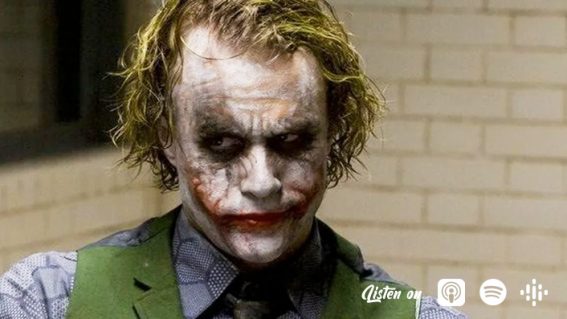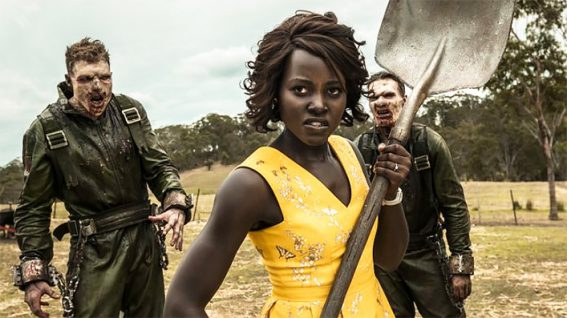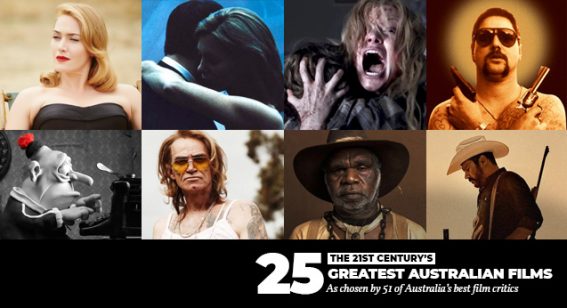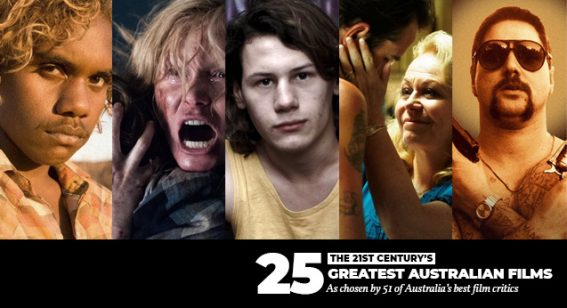Eight things you probably didn’t know about Mad Max: Fury Road
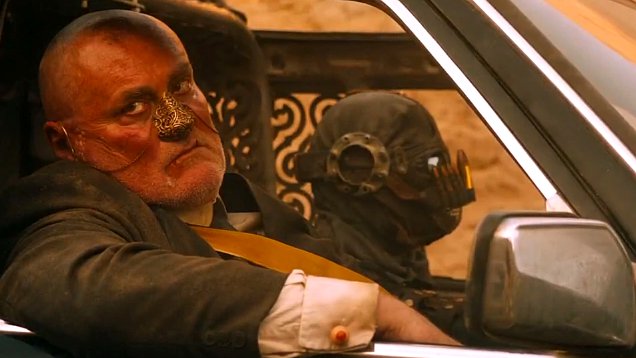
George Miller’s dystopian action movie Mad Max: Fury Road has been named the greatest Australian film of the century, according to a poll of Australian critics conducted by Flicks. Since premiering in May 2015 the film has generated an amazing response, making countless ‘best of’ lists and pocketing six Academy Awards – the most of any Australian film in history.
By now countless articles have been written exploring the film’s famously long and problematic production history, which included several false starts and the recasting of the central role (for a long time it was unthinkable that Mel Gibson would not return as Max). However there is still a lot that people don’t know about the fourth instalment in Australia’s most successful action franchise.
Our film poll coverage
* The 25 greatest Australian films of the new century
* How every critic voted
* Analysis: How a new generation defined 21st century Australian cinema
* Eight things you probably didn’t know about Mad Max: Fury Road
I spent a long, some might say inordinate amount of time researching this film, as part of my book about Miller’s career and the making of the Mad Max movies – called Miller and Max: George Miller and the Making of a Film Legend. Drawing from my research, I’ve selected eight fun facts below that you probably don’t know about Fury Road.

1. Immortan Joe was originally bald and blue
In the ravaged post-apocalyptic universe of Fury Road, warlord Immortan Joe (Hugh Keays-Byrne) exists at the top of the food chain, ruling from the comfort of his Citadel: a cluster of rock towers that sit above an aquifer. He was originally, in the script and in the storyboards, bald and blue (illustrations can be found in the book The Art of Mad Max: Fury Road).
He was also a little like Willy Wonka, in the sense the warlord threw potatoes to malnourished people below him. When a specially marked blue potato was caught, it functioned like one of Wonka’s golden tickets – granting the recipient access to the Citadel. Later the potatoes were changed to water and the lottery idea was abandoned.
2. Originally Fury Road contained a very strange dream sequence and an ending like Thelma and Louise
One of the most insanely out-there ideas in the original script was a dream sequence, invented by Miller, in which Max Rockatansky gives birth to himself. Pregnant and bleeding, Max looked down to see a baby with his own face emerge from between his legs.
Miller and co-screenwriters Brendan McCarthy and Nick Lathouris also toyed with a Thelma and Louise style ending. In this version several of Immortan Joe’s vehicles sailed over the edge of a cliff, before a tribe of flying women with rocket jet packs came out of the clouds. McCarthy later said: “There would be a battle between men and women. It was that on the nose, really, about all that stuff.”
3. Bert Newton was originally going to play The People Eater, who was partly modelled off Alfred Hitchcock
The person George Miller originally intended to play The People Eater (the mayor of Gas Town) was Bert Newton, an Australian television presenter best-known for hosting Family Feud and long-running talk shows. The director had seen Newton deliver a eulogy (at the funeral of entertainer Don Lane) without his signature hairpiece.
The actor who ultimately played The People Eater, John Howard, told me the character’s look was partly inspired by the director Alfred Hitchcock. “George was quite interested in Hitchcock and the way his lower lip retreated. But that was as far as his direction went,” he said.

4. Charlize Theron went to a firing range to overcome her fear of guns
In June 1991, when Charlize Theron was 15-years-old, her mother, in self-defence, shot her violently abusive husband (Theron’s father) dead with a handgun. Theron was with her mother at the time, hiding together in the bedroom.
Fury Road’s weapons and fight coordinator Greg van Borssum told me that whenever the actor handled a gun, Theron would “jump up and hyperventilate.” So Borssum took the star to a remote firing range, with a small group including an ex-Special Forces crew member and a person from the African military. The men around her fired live ammunition to make the actor accustomed to the sound of ambient gunfire. Borssum spent approximately five hours helping Theron overcome her fears by training her how to handle and shoot a gun.
5. Tom Hardy regularly fought with Charlize Theron and George Miller
During the shoot Tom Hardy regularly clashed with both Theron and Miller. This was much more than a disagreement here and there. Theron reflected on these altercations during a later interview, saying: “We (her and Hardy) fuckin’ went at it, yeah. And on other days, he and George went at it.”
6. Noted feminist Eva Ensler conducted workshops for the female actors
In February 2012 George Miller listened to an ABC interview with noted feminist and playwright Eva Ensler, who has dedicated much of her professional life to protesting against violence against women. Miller contacted her out of the blue, sent her a copy of the script, then invited her to come to Namibia and conduct workshops for the actors.
Ensler told me: “I talked with actors about what that experience would be like, being a sex slave for so long…I shared experiences of people being in in refugee camps where women had come from being held in rape camps. We talked about what happens to women when they begin to come into their power, and what happens when they come into resistance.”
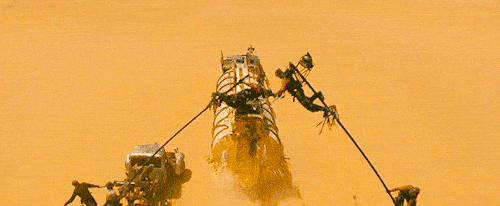
7. The polecats were inspired by an ancient art called Chinese Pole
Moments involving the polecats, in which Immortan Joe’s henchmen swing from bendable poles attached to moving vehicles, became some of the film’s most iconic sequences. To stage them stunt coordinator Guy Norris consulted fellow Australian Steve Bland, a performer at Cirque du Soleil, after Miller got the initial idea after watching street performers.
Bland explained to Norris a range of feats that could be achieved. Norris was impressed, recruiting the Cirque performer as Fury Road’s polecats coordinator. Bland told me: “On stage you can certainly hurt your neck and so different things like that. But what they were doing with the vehicles made it a hell of a lot more dangerous.”
8. The crashing of the War Rig was shot in Sydney – and it crashed for real
For the final spectacular stunt, in which the War Rig flips and crashes, George Miller considered filming it using miniatures. He later considered CGI. After much consideration the director decided to do it for real and the scene was shot in Penrith, Sydney, a year after principal photography wrapped. Flipping the War Rig required a precision routine involving driving fast, turning suddenly and flicking a switch. Truck driver Lee Adamson was the man behind the wheel.
Adamson told me: “I got the thumbs up and it’s like yee-hoo, here we go, don’t fuck it up! I get up to speed as quick as I could. I had probably 100 or 150 metres. I sit right on that speed, with the perfect line up. Then I swing at the right time and hit the button. When you hit the button it’s very very quick. The moment you push it you’re upside now, basically. It’s that fast.”

